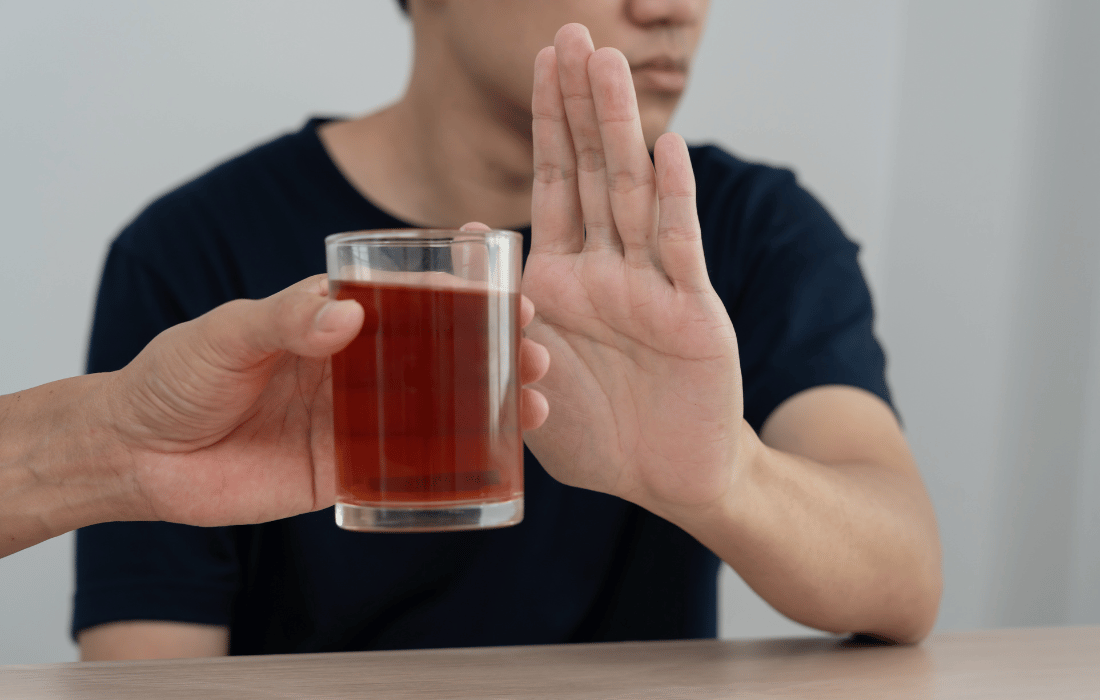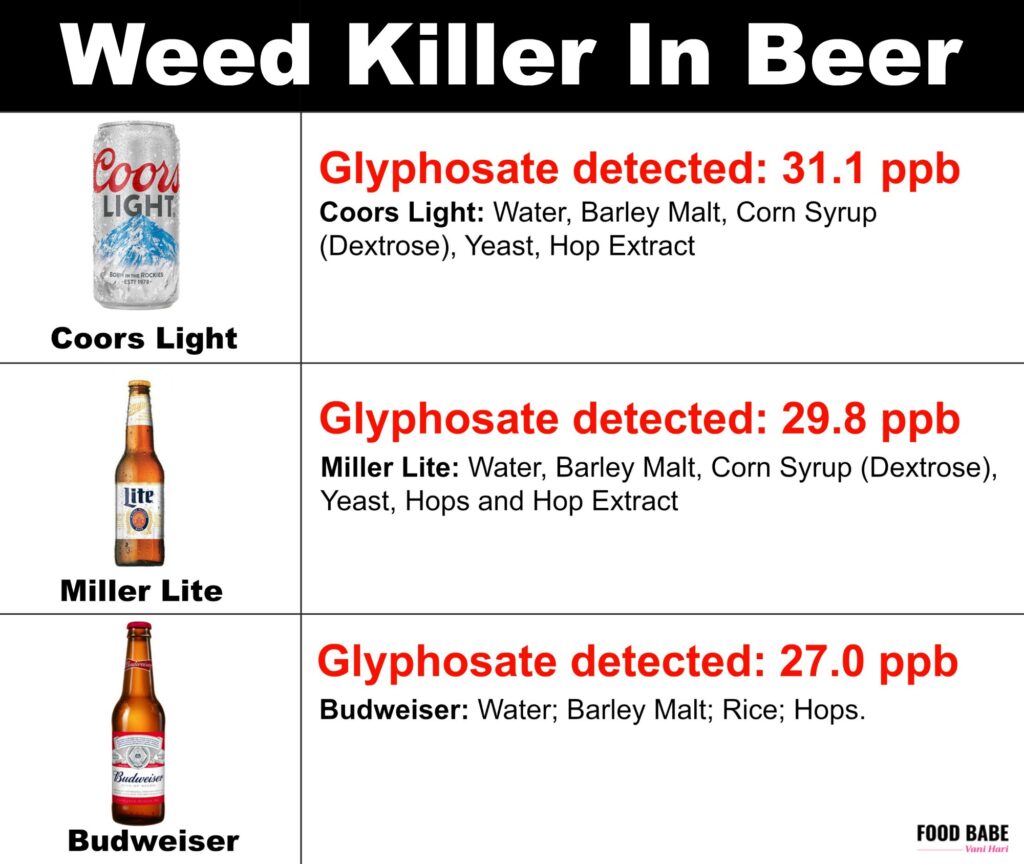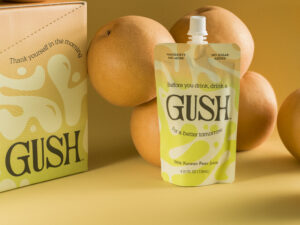Alcohol is woven into the fabric of modern culture. From casual drinks after a game to celebratory champagne showers, it’s often seen as a way to unwind, bond, and revel in success. For athletes, who sometimes feel like invincible superstars, it can be easy to justify letting loose and indulging. After all, doesn’t all that hard training earn you a pass to enjoy yourself? Unfortunately, alcohol doesn’t care about your status or your PRs. Beneath the social norm lies a harsh reality: alcohol takes a toll on your body and mind, eroding the very foundation of your athletic performance. If you’re serious about your goals, it’s time to face the consequences lurking in your glass.
Alcohol and Athletic Performance
How Alcohol Affects Physical Performance
Alcohol consumption can devastate physical performance, even in moderation. Key impacts include:
Impaired Coordination: Alcohol affects motor skills and reaction times, diminishing essential athletic abilities.
Dehydration: Alcohol dehydrates the body, leading to muscle cramps, reduced cardiovascular efficiency, and an increased risk of heat exhaustion.
Disrupted Energy Stores: Alcohol inhibits glycogen synthesis, the process by which the body stores energy, leaving athletes fatigued.
Thermoregulation Issues: Drinking impairs the body’s ability to maintain an optimal internal temperature, increasing the risk of heat stroke or hypothermia in extreme conditions.
The Hidden Risk of Injury
Proprioception—the body’s sense of its position in space—is also negatively impacted by alcohol. This increases the likelihood of missteps, poor coordination, and injuries during training or competition.
The Impact on Muscle Growth and Recovery
Muscle growth and recovery are essential for athletic improvement, and alcohol undermines both processes:
Reduced Protein Synthesis: Alcohol decreases protein synthesis by up to 37% within 24 hours of consumption, delaying muscle repair.
Hormonal Disruption: It raises cortisol (a stress hormone) while lowering testosterone levels, which are critical for muscle growth and strength.
Chronic Inflammation: Alcohol exacerbates inflammation, disrupting the body’s natural recovery processes and prolonging healing.
Why Recovery Suffers
Athletes who consume alcohol often experience extended soreness, slower healing from injuries, and increased susceptibility to overuse injuries due to its negative effects on muscle repair and inflammation balance.
Alcohol’s Hidden Impact on Health
Surgeon General’s Warning: Alcohol and Cancer Risk
In January 2025, the U.S. Surgeon General issued a stark advisory about the link between alcohol and cancer. The report highlighted:
Alcohol as the third leading preventable cause of cancer in the U.S., after tobacco and obesity.
A direct link between alcohol consumption and at least seven types of cancer, including:
Breast
Colorectum
Esophagus
Liver
Mouth (oral cavity)
Throat (pharynx)
Voice box (larynx)
Evidence that even one or fewer drinks per day can increase cancer risk for certain types, such as breast, mouth, and throat cancers.
NEW: Today, I’m releasing a Surgeon General’s Advisory on the causal link between alcohol consumption and increased cancer risk. Alcohol is the 3rd leading preventable cause of cancer in the U.S., contributing to about 100,000 cancer cases and 20,000 cancer deaths each year. pic.twitter.com/sKTlPAZlFw
— Dr. Vivek Murthy, U.S. Surgeon General (@Surgeon_General) January 3, 2025
The report also called for updated health warning labels on alcohol-containing beverages to inform the public about these risks. For athletes who rely on their health and fitness, this information serves as a critical reminder of alcohol’s hidden dangers.
Cardiovascular Health Risks
Alcohol is notorious for its negative effects on cardiovascular health, which is essential for athletic performance:
Elevates Blood Pressure: Increases the risk of hypertension and heart disease.
Heart Rhythm Disruption: Chronic drinking can lead to atrial fibrillation and irregular heartbeat.
Circulatory Issues: Alcohol damages blood vessel linings, impairing circulation and reducing oxygen delivery to muscles.
Cardiomyopathy: Weakens the heart muscle, reducing its ability to pump blood effectively.
For endurance athletes, these issues can severely diminish performance and raise the risk of life-threatening complications.
Mental Health Implications
Alcohol is often used to cope with stress, but it creates more problems than it solves:
Acts as a Depressant: Leads to mood swings, anxiety, and depression.
Disrupts Sleep Cycles: Reduces REM sleep, which is critical for recovery and mental clarity.
Impaired Focus: Cognitive functions such as decision-making and reaction time are severely affected, increasing the risk of mistakes both on and off the field.
Over time, these mental health challenges can create a vicious cycle where athletes rely on alcohol to cope, worsening their overall well-being.
Alcohol and Injury Risk
The impact of alcohol on physical coordination and injury risk cannot be overstated:
Decreases Balance and Coordination: Impairs proprioception, leading to a higher likelihood of accidents during training or competition.
Weakens Bones: Chronic drinking reduces bone density and slows healing for fractures and soft tissue injuries.
Masks Pain: Dulls pain perception, causing athletes to push through injuries and risk long-term damage.
Chronic Inflammation
Inflammation is a necessary part of muscle recovery, but alcohol disrupts the balance:
Acute vs. Chronic: While acute inflammation aids recovery, alcohol-induced chronic inflammation can lead to conditions like arthritis and tendinitis.
Systemic Impact: Chronic inflammation also increases the risk of metabolic syndrome, insulin resistance, and diabetes.
Liver and Kidney Damage
Two vital organs for detoxification and performance are significantly impacted by alcohol:
Liver Damage: Alcohol metabolism produces acetaldehyde, a toxic byproduct that damages liver cells and reduces detox efficiency.
Kidney Stress: Alcohol’s diuretic effect increases the risk of dehydration and kidney stones.
Athletes with compromised liver and kidney function often experience fatigue, poor nutrient absorption, and diminished overall performance.
The Healthiest and Unhealthiest Forms of Alcohol
Healthiest Options (Relatively Speaking):
Mezcal: Made from agave, typically free of additives and processed naturally.
Clear Spirits (Vodka, Gin, Tequila): Low in congeners and additives, making them less inflammatory.
Organic or Biodynamic Wine: Free from synthetic pesticides, lower in sulfites.
Alcohol-Free Alternatives: Mocktails and non-alcoholic beers eliminate ethanol-related risks entirely.
Unhealthiest Options:
Dark Liquors (Whiskey, Rum): High in congeners, increasing hangovers and inflammation.
Mass-Produced Beer: Contains pesticides, microplastics, and artificial additives.
Sweetened Cocktails: Loaded with sugar, leading to blood sugar spikes and liver strain.
Hidden Toxins to Avoid:
Pesticides and Sulfites: Found in non-organic wines and beers.
Artificial Additives: Common in flavored spirits, burdening the liver further.

Understanding these differences won’t make alcohol healthy, but it can help athletes minimize harm if they choose to indulge.
Alcohol and Sports Culture
The Role of Alcohol in Sports
Across the spectrum of sports, alcohol often occupies a significant cultural space. Whether it’s champagne showers after a championship or celebratory toasts after a fight, drinking is frequently tied to the highs and lows of athletic life. This cultural norm can lead athletes—whether in team sports or independent disciplines—to overlook the long-term consequences.
Shared Challenges Across Sports
Athletes in both team and individual sports face similar challenges when it comes to alcohol:
Peer Influence: Whether it’s teammates encouraging social drinking or community norms in independent sports, alcohol can feel like an expectation.
Stress Relief: Many athletes turn to alcohol to cope with the pressures of competition, training, or managing injuries.
Performance Setbacks: Regardless of the sport, the physiological and psychological toll of alcohol impairs performance, recovery, and focus.
Opportunities for Leadership
Athletes at every level have the chance to set an example by prioritizing health over harmful habits:
Team Leaders: Demonstrating discipline around alcohol can inspire teammates to adopt healthier choices.
Independent Athletes: Icons in niche sports can shift cultural norms by promoting sobriety or mindful consumption.
Redefining Strength
Ultimately, true resilience in sports isn’t about maintaining a tough image while indulging in unhealthy habits. It’s about making choices that support longevity, performance, and overall well-being. Athletes who challenge the alcohol-centric norms in sports culture pave the way for healthier, more sustainable success.
Alcohol’s Broader Cultural Impact on Athletes
Redefining Strength and Resilience
The culture of alcohol consumption is deeply ingrained in sports, often celebrated during victories or used as a coping mechanism for losses. However, true strength lies in discipline, resilience, and self-control. Athletes who challenge the norm and prioritize their health over short-term pleasures set a new standard for excellence.
The Sober Movement in Sports
Movements like “Sober Curious” and “Dry January” are gaining traction among athletes who recognize the benefits of abstaining from alcohol. These initiatives challenge traditional narratives around drinking and encourage athletes to explore healthier alternatives.
Practical Strategies for Athletes to Avoid Alcohol
1. Establish Clear Goals
Having clear, long-term athletic goals can serve as a powerful motivator to avoid alcohol. Whether it’s improving endurance, achieving a personal record, or winning a championship, keeping these objectives in mind helps athletes make healthier choices.
2. Educate Yourself
Understanding the full scope of alcohol’s impact on athletic performance and overall health is crucial. Knowledge empowers athletes to make informed decisions and resist societal pressures to drink.
3. Seek Support
Athletes don’t have to navigate this journey alone. Support from coaches, teammates, and sober communities can provide encouragement and accountability. Sharing the decision to abstain from alcohol can also inspire others to do the same.
4. Explore Alcohol-Free Alternatives
For those who enjoy the social aspect of drinking, alcohol-free alternatives such as non-alcoholic beers and mocktails can provide a satisfying substitute without the risks associated with ethanol.
5. Prioritize Recovery and Wellness
Athletes should focus on recovery strategies that enhance performance, such as proper hydration, nutrition, sleep, and mindfulness practices. These habits naturally reduce the desire to turn to alcohol as a coping mechanism.
Alcohol and the Bigger Picture
Public Health Campaigns and Awareness
As awareness of alcohol’s dangers grows, public health campaigns have begun to challenge the normalization of drinking in sports culture. These initiatives aim to educate athletes and fans alike about the risks associated with alcohol consumption and promote healthier behaviors.
The Role of Coaches and Organizations
Coaches and sports organizations play a critical role in shaping athletes’ attitudes toward alcohol. By fostering a culture of health and wellness, they can encourage athletes to prioritize their performance and long-term well-being over short-term gratification.
Redefining Success
Success in sports is often measured by achievements on the field, but true success encompasses physical health, mental resilience, and personal growth. By redefining success to include these factors, athletes can create a more sustainable and fulfilling approach to their careers.
Conclusion
Alcohol poses significant risks to athletes, affecting everything from performance and recovery to long-term health and team dynamics. While societal norms often celebrate drinking, athletes have the opportunity to challenge these conventions and prioritize their health. By choosing discipline over indulgence, they can unlock their full potential and inspire others to do the same.








